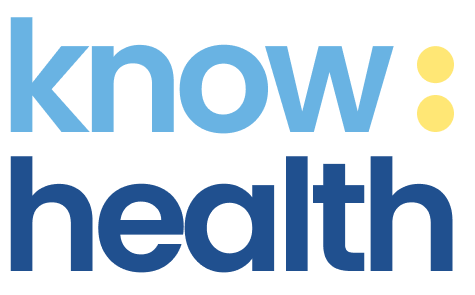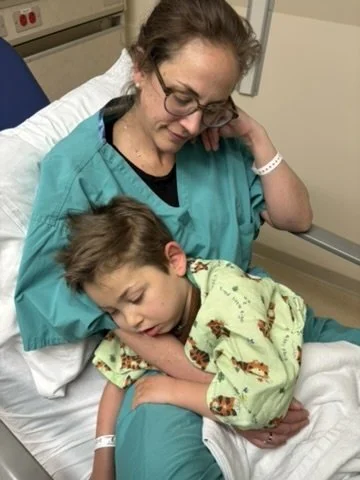Empowering Patients: The Role of Education in Rare Disease Treatment Plans
By Dr. Antti Rintanen, MD, MSc, Founder, The Internet Doctor
For individuals living with a rare disease, receiving a diagnosis and treatment plan is only part of the journey. Just as important—but often overlooked—is the need for clear, compassionate, and ongoing patient education.
In rare disease care, information isn’t just useful—it’s empowering. Patients and caregivers are often navigating unfamiliar territory, filled with medical jargon, uncertain outcomes, and treatment decisions that don’t always follow a familiar path. In this situation, education becomes one of the most powerful tools for building confidence and improving care.
The Unique Role of Education in Rare Disease Care
Unlike common health conditions, rare diseases often lack clear-cut treatment guidelines. Patients may see several specialists, get different opinions, or encounter conflicting advice. In these situations, understanding your condition can help you:
Make sense of your diagnosis and what to expect
Participate in conversations and decisions with your doctors
Recognize and manage side effects or complications
Consider options like clinical trials or second opinions
Advocate for your needs in a complex healthcare system
I’ve spoken with several patients who’ve described feeling overwhelmed after being diagnosed with a rare condition—confused by medical terminology and unsure of what questions to ask. Often, just taking time to explain things in everyday language and pointing them to reliable resources can make a real difference. It doesn’t solve everything, but it gives people a starting point. When patients feel a bit more informed, they tend to engage more actively in their care and make decisions with greater confidence.
Studies show that patients with rare diseases who understand their condition often feel more satisfied with their care and report better emotional well-being [1].
What Makes Education Challenging
Despite its importance, there are several reasons why patient education can be especially difficult when dealing with rare diseases:
Limited resources: many rare conditions don’t have much patient-focused information available.
Short appointments: doctors often have limited time to explain complex conditions.
Confusing medical language: without support, medical terms can be hard to understand.
Access issues: some patients live far from specialists or don’t have good internet access.
In one study, patients and families said they often felt “left on their own” when it came to finding useful, everyday information about living with a rare disease [1]. And in my own practice, I’ve seen how often patients turn to social media or online forums—because those are the only places where they can find someone else who “gets it.”
New Tools, Better Conversations
The good news is that education doesn’t have to come only from in-person appointments. Thanks to digital health tools and patient advocacy efforts, we now have more ways to share helpful information.
Websites, telehealth services, nonprofit organizations, and online communities are giving patients a voice—and a way to learn in formats that fit their lives. Whether it’s a short video, a downloadable guide, or a virtual Q&A session, these tools help people learn at their own pace.
And as healthcare professionals, we also need to change how we communicate. One study in Orphanet Journal of Rare Diseases found that when patients feel heard and involved, trust grows—and long-term care improves [2]. Another study showed that when patients see themselves as active participants, they’re more likely to remember medical advice and follow through on treatment [3].
When I slow down, make space for questions, and treat education as a conversation—not a lecture—I see better results. Patients smile more. They ask better questions. They come back feeling ready instead of scared.
Moving Forward
Patient education isn’t a one-time event. It’s a continuous, evolving part of rare disease care. And it should never feel like a luxury—it’s a necessity.
When people are informed, they’re more confident, more involved, and more likely to have better health outcomes. Education isn’t just about knowledge—it’s about power. The power to ask questions, make decisions, and face the future with clarity.
About the Author
Dr. Antti Rintanen is a licensed medical doctor from Finland with a Master’s degree in Engineering. He is the founder of The Internet Doctor, a platform dedicated to translating complex medical knowledge into practical guidance for patients and professionals alike.
References
[1] L. J. Pelentsov, A. L. Fielder, T. A. Laws, and A. J. Esterman, “The supportive care needs of parents with a child with a rare disease: Results of an online survey,” BMC Fam. Pract., vol. 17, no. 88, Jul. 2016, https://pubmed.ncbi.nlm.nih.gov
[2] V. L. Merker, A. P. Butrick, E. A. Aretz, S. I. Fullerton, D. M. Plotkin, and D. T. Miller, “Effective provider–patient communication of a rare disease diagnosis: A qualitative study of people diagnosed with schwannomatosis,” Patient Educ. Couns., vol. 104, no. 4, pp. 808–814, Apr. 2021, https://pubmed.ncbi.nlm.nih.gov/
[3] C. Budych, T. Helms, T. Schultz, “How do patients with rare diseases experience the medical encounter? Exploring role behavior and its impact on patient–physician interaction,” Health Policy, vol. 105, no. 2–3, pp. 154–164, 2012. https://pubmed.ncbi.nlm.nih.gov/
































